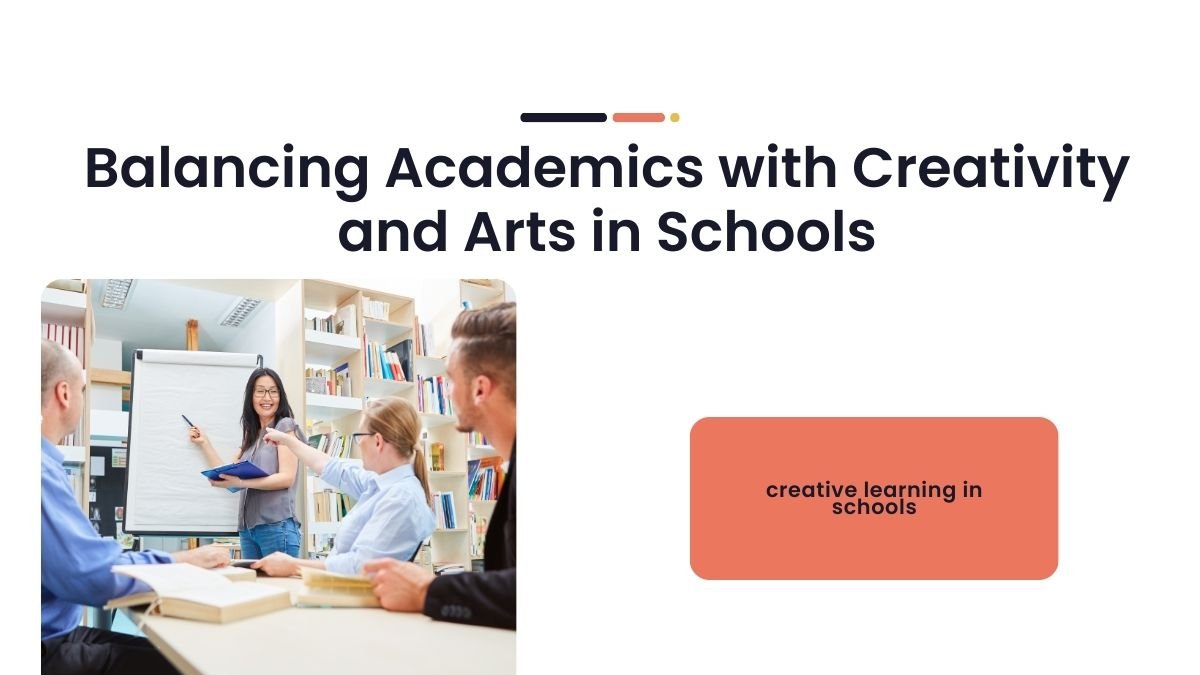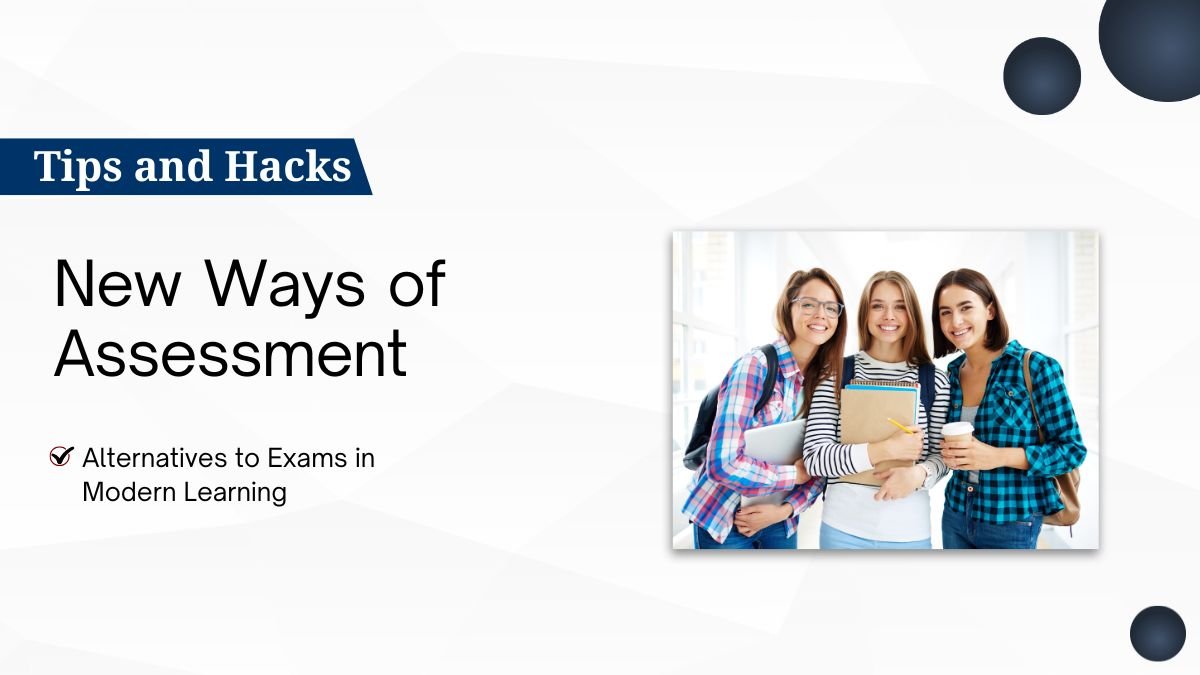Why is it important to balance academics and arts in schools
When we talk about education these days, most people focus on math, science, language or exams. But isn’t that too limited to be the whole preparation for children for their future? Indeed, it is no longer a matter of getting good marks; the true aim of education is to make children competent and confident in every sphere of life.
This is why the academic and creative aspects must balance each other in schools—by creativity is meant music, painting, drama, dance, and writing. In this way, when children are mixing the arts with their lessons, they develop in every direction.
Arts improve children’s thinking ability, teach them to find solutions to problems in different ways, and most importantly – helps them understand and express their emotions. All this together makes them confident and resilient individuals who can face the challenges of a changing world.
Benefits of a balanced education
1. Better academic performance
People often think that spending time on art will harm their studies. But research shows that children who learn art perform better in studies.
Example: When a child paints, he pays attention to colors, shapes and patterns. This attention also helps in solving math or science problems later.
Children who learn music usually do better in language and math because their brains become stronger in recognizing and remembering patterns.
In this way, art connects children to studies, not separates them from them.
2. Critical thinking and problem solving ability
When children act in a play or think of a new ending to a story, they think from different perspectives. This habit helps them solve real-life problems.
Example: If a math problem is difficult, then the “thinking of finding a solution in many ways” learned in art will help them make it easier.
3. Emotional understanding and self-expression
Every child has emotions, but not every child can put them into words. Art gives them this opportunity.
- A child can express his emotions through drawing.
- Some can reduce stress by playing music.
- Some can express their thoughts by writing poetry.
When children get a safe platform to express themselves, they become confident and strong.
4. Adaptability and creativity
Today’s world is constantly changing. New technologies, new tasks and new challenges emerge every day. In such a situation, children need not only bookish knowledge but also the ability to adapt themselves according to changing circumstances.
Art develops this ability.
- When a child tries to repair a painting after it goes wrong, he learns patience and flexibility.
- When he learns a new dance, he learns to accept change quickly.
Strategies for school and teachers
1. Include creative projects
Studies should not be limited to books only but creative projects should also be included in it.
- In science class, children can be asked to design their own experiments.
- In Hindi or English class, the opportunity to write a new ending to the story can be given.
- Instead of just solving questions in mathematics, children can be asked to make a “math game”.
This does not limit the thinking of children and they become expert in finding new solutions.
2. Encouraging curiosity
Children are curious by nature. But sometimes the strict environment of school suppresses their curiosity. If the teacher encourages children to ask questions like “What if?” and “Why not?”, then learning will become even more fun.
- In history class: “If Gandhiji were alive today, what method would he adopt?”
- In science: “What will happen if the color of water changes?”
This makes children think instead of just memorizing.
3. Expression in many ways
Not every child can express himself by speaking or writing. Some like drawing, some like dance, some like drama. The school should give children the opportunity to express themselves in every way.
- Option to make posters in projects
- Include acting or singing in presentations
- Answer through videos or pictures instead of writing
This also helps those children who hesitate to speak to come forward.
4. Focus on holistic development
The school environment should be such that both studies and extracurricular activities get equal importance.
- Morning assembly should not only include speeches, but also dance, music or drama.
- Arts and sports should be given as much importance as academic achievements in the annual function.
- Children should be appreciated not only for scoring good marks but also for having creative ideas.
Strategies for students
1. Finding interests
Every child has some specialty. Some like singing, some like sports, some like writing. Children should be given the opportunity to try different activities so that they can identify their real interest.
2. Proper time management
Sometimes children think that participating in art will reduce their study time. But if proper planning is done, both things can go hand in hand.
- Make a daily timetable in which there is time for both studies and activities.
- Reduce the time of activities a little during exam days and increase it more during holidays.
This balance keeps children stress-free.
3. Adopt positive thinking
Often children are afraid of doing new things – “Will I be able to paint?” or “Will I be able to learn dance?”. But if they think positively and believe that they will gradually improve, they will be able to learn new things.
- Every new skill seems difficult in the beginning, but becomes easy with practice.
- Failure should not be considered a defeat, but an opportunity to learn.
Conclusion
Balance between studies and art makes children’s lives balanced, deep and fun. While academic subjects give them knowledge and reasoning power, art and creativity give them the ability to think, feel and express themselves.
Those who will succeed in the future are creative, flexible and confident along with bookish knowledge. Schools, teachers, parents and students – all can together create this balance.









